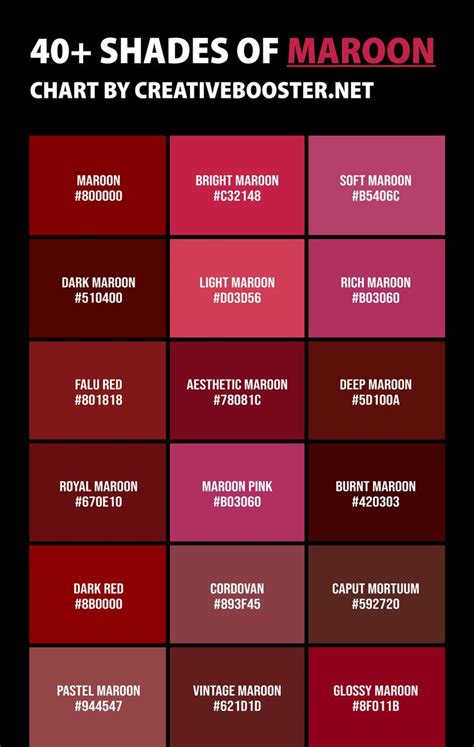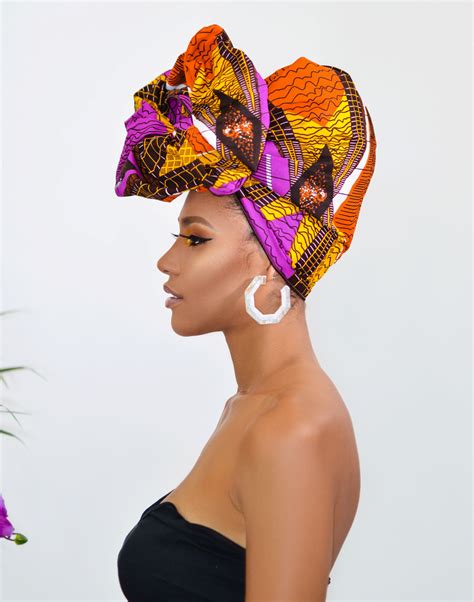Introduction
African head wraps, a vibrant tapestry of culture and style, have captivated the world for centuries. From the bustling streets of Lagos to the runways of Paris, these intricate fabrics adorn heads, symbolizing identity, spirituality, and empowerment. Join us on an enchanting journey as we explore the allure of African head wraps, their rich history, and their transformative impact on fashion and beyond.

Origins and Evolution
The origins of African head wraps can be traced back to ancient Egypt, where elaborate headdresses were worn by both men and women as a symbol of status and protection from the scorching sun. Over time, head wraps evolved into integral parts of traditional African attire, each region developing unique styles and patterns that reflected local customs and beliefs.
Cultural Significance
African head wraps are deeply imbued with cultural significance. In many African cultures, they serve as a rite of passage, marking important milestones in a person’s life. For women, head wraps often indicate marital status, social rank, and cultural affiliation. They also symbolize modesty, respect, and female empowerment.
Types of African Head Wraps
The diversity of African cultures has given rise to an array of head wrap styles. Some of the most popular types include:
- Gele: A large, elaborate head wrap worn by Yoruba women in Nigeria and Benin, often featuring bold colors and intricate patterns.
- Duku: A traditional head wrap worn by women in Ghana and Togo, made from printed fabric and wrapped in a turban-like fashion.
- Turbans: Wrapped scarves that cover the entire head and are popular in North and East Africa, particularly among Muslim populations.
- Hijab: A headscarf worn by Muslim women to cover their hair and comply with religious requirements.
- Fascinators: Small, decorative headpieces that add a touch of elegance to any outfit.
Styles and Versatility
African head wraps are incredibly versatile and can be styled in countless ways, from simple everyday wraps to elaborate ceremonial headdresses. With the advent of modern fashion, head wraps have gained a global following, inspiring designers and fashion enthusiasts alike. They can be paired with traditional African outfits, casual wear, or even formal attire, adding a touch of cultural flair and individuality.
Economic Impact
The African head wrap industry is a thriving global enterprise, estimated to be worth over $5 billion annually. Local artisans and designers are creating stunning head wraps using traditional techniques and innovative materials, catering to a growing demand for authentic African fashion. The industry also supports countless vendors, retailers, and cultural organizations, contributing to economic growth and job creation.
Social Impact
Beyond their cultural and economic significance, African head wraps have a profound social impact. They promote cultural identity, foster a sense of belonging, and empower women. By wearing head wraps, individuals can embrace their African heritage, challenge stereotypes, and inspire others to celebrate diversity.
Benefits of Wearing African Head Wraps
In addition to their cultural and aesthetic appeal, African head wraps also offer numerous practical benefits:
- Sun protection: Head wraps provide excellent protection from harmful UV rays, shielding the scalp and hair from sun damage.
- Hair care: Head wraps can help protect hair from tangles, breakage, and dryness, especially for those with natural or textured hair.
- Modesty and privacy: Head wraps can provide a sense of modesty and privacy for individuals who prefer to cover their hair.
- Fashion statement: Head wraps are a versatile fashion accessory that can add a unique touch to any outfit, making them a popular choice for style-conscious individuals.
- Cultural expression: Wearing African head wraps allows individuals to express their cultural identity and connect with their heritage.
How to Wear African Head Wraps
Mastering the art of wearing African head wraps takes practice and patience. Here are a few tips to get you started:
- Choose the right fabric: Different head wrap fabrics have different properties and drape differently. Experiment with various materials like cotton, silk, satin, and chiffon to find what suits your style and hair type best.
- Fold and secure: There are numerous ways to fold and secure a head wrap. Start by watching tutorials online or seeking guidance from experienced head wrap wearers.
- Accessorize: Scarves, beads, and other accessories can complement your head wrap and add a personal touch.
- Practice makes perfect: With practice, you’ll develop your own signature style and become more comfortable wrapping your head.
Health and Safety Considerations
While African head wraps are generally safe to wear, there are a few health and safety considerations to keep in mind:
- Avoid tight wraps: Wearing head wraps too tightly can lead to headaches, scalp irritation, and hair breakage.
- Wash regularly: Head wraps should be washed regularly to prevent the buildup of dirt and oils, which can irritate the scalp and hair.
- Choose breathable fabrics: Opt for fabrics that allow your scalp to breathe, especially during hot or humid weather.
- Avoid synthetic materials: Synthetic fabrics can trap heat and moisture, which can increase sweating and cause scalp problems.
Conclusion
African head wraps are more than just a fashion accessory; they are a timeless symbol of culture, heritage, and empowerment. From their ancient origins to their modern-day resurgence, head wraps have captivated and inspired people around the world. By embracing the vibrant tapestry of African head wraps, we not only celebrate diversity but also contribute to a more inclusive and equitable society. So, whether you’re seeking to connect with your cultural roots, express your individuality, or simply add a touch of exotic flair to your wardrobe, the alluring world of African head wraps awaits your exploration.
Frequently Asked Questions
Q: What are the benefits of wearing African head wraps?
A: African head wraps offer various benefits, including sun protection, hair care, modesty, fashion statement, and cultural expression.
Q: How can I style African head wraps?
A: You can style African head wraps in countless ways, from simple everyday wraps to elaborate ceremonial headdresses. Experiment with different fabrics, patterns, and accessories to find your signature style.
Q: What are the cultural significance of African head wraps?
A: African head wraps have deep cultural significance, symbolizing identity, spirituality, marital status, social rank, and female empowerment. They are also often worn to mark important milestones in a person’s life.
Q: What are some popular types of African head wraps?
A: Some of the most popular types of African head wraps include gele, duku, turbans, hijabs, and fascinators. Each type has its unique style, fabric, and cultural significance.
Tables
Table 1: Economic Impact of African Head Wrap Industry
| Year | Market Value |
|---|---|
| 2021 | $4.8 billion |
| 2022 | $5.3 billion |
| Projected 2023 | $5.8 billion |
Table 2: Benefits of Wearing African Head Wraps
| Benefit | Description |
|---|---|
| Sun protection | Shields scalp and hair from harmful UV rays |
| Hair care | Protects hair from tangles, breakage, and dryness |
| Modesty and privacy | Provides a sense of modesty and privacy |
| Fashion statement | Adds a unique touch to any outfit |
| Cultural expression | Allows individuals to express their cultural identity |
Table 3: Health and Safety Considerations for African Head Wraps
| Consideration | Risk |
|---|---|
| Tight wraps | Headaches, scalp irritation, hair breakage |
| Unwashed wraps | Buildup of dirt and oils, scalp and hair irritation |
| Synthetic materials | Trapped heat and moisture, sweating, scalp problems |
Table 4: Popular African Head Wrap Styles
| Style | Origin | Description |
|---|---|---|
| Gele | Nigeria, Benin | Large, elaborate head wrap with bold colors and intricate patterns |
| Duku | Ghana, Togo | Printed fabric head wrap wrapped in a turban-like fashion |
| Turban | North and East Africa | Wrapped scarf that covers the entire head |
| Hijab | Muslim populations | Headscarf worn to cover hair for religious reasons |
| Fascinator | Various | Small, decorative headpiece for special occasions |
